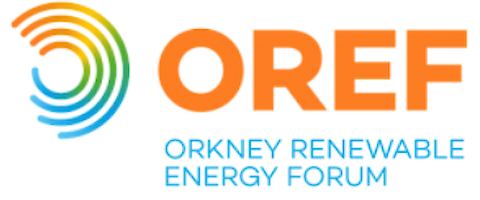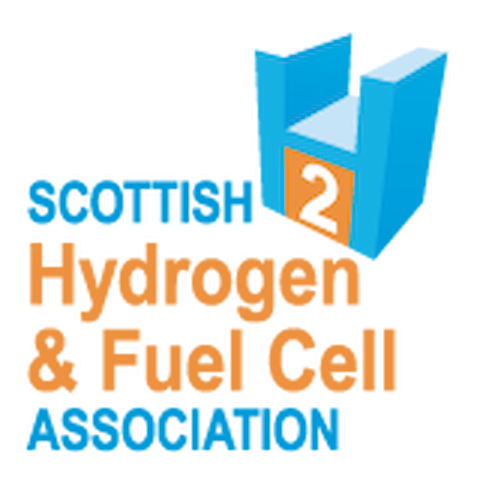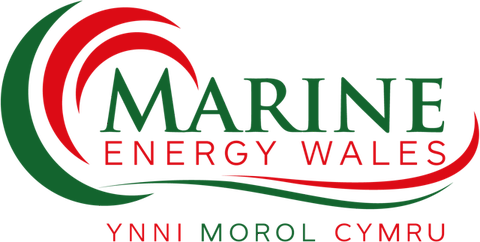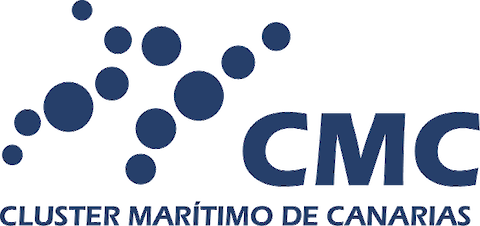Aquatera Project Updates, June 2014
Performance Review of Maritime Support Services for Orkney
This project, the Performance Review of Maritime Support Services for Orkney (PRoMSSO), was conceived to explore and characterise the performance of Orkney-located vessels and associated services in carrying out marine renewables operations. The results obtained from performance data will help project developers to select fit-for-purpose and cost-effective vessel combinations for their projects.
This project was funded by the Scottish Government through EMEC and was undertaken by Orkney based company Aquatera Ltd, acting as Principal Contractor to EMEC, with Orcades Marine providing vessel management consultancy. This was further supported by a group of operations management, service and vessel supply companies.
The aims of this project as set out by the Scottish Government were to:
- Investigate and trial ways to reduce the costs of operations required for the marine energy industry
- Demonstrate how a project involving many companies, vessels and people can be carried out to high safety standards using a project-wide safety management system
- Demonstrate how vessels used in Orkney waters can carry out complex marine operations cost effectively with cooperation and good coordination.
The project, which involved 20 organisations, over 120 individuals, over 60 vessel operations and 30 days at sea, was delivered on time and within budget, following high safety standards.
The project assessed the performance of 7 key areas of vessel operations:
- Gantry Barge performance
- Work boat
- Clump weights
- ROV garage system
- Buoy drag
- Man overboard and life raft deployment
- Safety management
Overall results from the project included:
- The precision installation of a large load e.g. a tidal turbine nacelle, can be achieved by a gantry barge and accompanying spread of vessels at a cost saving of 70-80%, compared to using large DP (dynamically positioned) offshore construction vessels
- The equivalent of three practice installations of a full-scale turbine nacelle were carried out during trials for under £400,000
- More generally, installation, maintenance and decommissioning can all benefit from cost reductions by using a gantry barge spread of vessels for certain operations
- ROV operations in tidal conditions are often a limiting factor in deployment. Using the launch and recovery garage apparatus the operational window increased by 25%
- Better characterisation of the seabed coefficient of friction, with respect to gravity anchors, may allow future design optimisation
A booklet containing all summary results has been published and can be obtained from Aquatera Ltd, Old Academy Business Centre, Stromness, Orkney, KW16 3AW.
Shetland Tidal Bridge
Hopes for a bridge to connect the Shetland Islands of Unst and Yell could be realised by a ground breaking renewable project spearheaded by Aquatera. Commenced in 2012 this project has investigated the design and construction of a tidal bridge between the islands of Yell and Unst in Shetland. This concept would provide a platform from which tidal energy convertors can be deployed into viable tidal energy currents from land, thus eradicating vessel based marine works from the installation process.
The concept consists of a bridge structure constructed into the tidal regime, from which tidal energy conversion devices can be installed with relative ease from a stable, land accessible work platform. The project has the potential to reduce the costs of device deployment dramatically as well as creating the opportunity to connect two remote islands improving their sustainability.
- This project has the backing of Shetland Islands council, with an MOU being signed
- Aquatera are working with Dutch engineers the Antea group and Strukton in the bridge design
- Discussions have taken place with potential developers and investors
- The local community have been consulted and are supportive of the project
- Further studies will commence in 2014, with more tidal analysis, bird surveys and feasibility work
Annex IV
Annex IV is an international collaborative project authorized by the member nations of the IEA Ocean Energy Systems (OES), to examine the environmental effects of marine energy devices. The purpose of Annex IV is to facilitate efficient government oversight of the development of marine energy systems by compiling and disseminating information about the potential environmental effects, and to identify methods for monitoring these effects. Annex IV is led by the U.S. Department of Energy, and implemented by Pacific Northwest National Laboratory (PNNL).
Annex IV collects metadata on the potential environmental effects of marine energy from research studies and project sites around the world. Researchers and project developers provide metadata on current or prospective projects to be posted to the online Annex IV knowledge base. The Annex IV knowledge base is housed within Tethys, a database created by PNNL, for the U.S, Department of Energy, focused solely on the environmental effects of offshore renewable energy (http://mhk.pnnl.gov/wiki/index.php/Tethys_Home).
Orkney based company Aquatera is now working alongside PNNL to gather data and information to populate Tethys and to help ensure that the information held is relevant, up to date and appropriate for informing strategic and project level discussions and decision making around the potential environmental effects of wave and tidal developments. Data and information held in Tethys will be particularly useful in informing site selection and project design activities, Environmental Impact Assessments and the development of Environmental Mitigation and Monitoring Plans.
PNNL, Aquatera and our Annex IV partners continue to seek information on new projects and research studies, and to update existing information. If you have metadata or data sets for your marine energy project or research study you would like to share, know of others that may want to contribute to the Annex IV effort, or simply want like to learn more about Annex IV, please visit the About Annex IV page within Tethys at (http://mhk.pnnl.gov/wiki/index.php/About_Annex_IV) or contact Ian Hutchison at office@aquatera.co.uk.
Chile Roadmap Developments
Over the years Aquatera has established a global reputation as one of the leading consultancies and applied research organisations in the marine energy sector. Aquatera became actively interested in the marine energy potential of Chile in 2008/2009 and since that time has made numerous visits to Chile and hosted a number of delegations from Chile in Orkney. More recently, Aquatera has established a local team in Chile, with Isa Walker and Sergio Versalovic being recruited, establishing a permanent presence in the country.
Wave energy is Chile's largest renewable resource, with activity high enough for power production on all pacific-facing coasts. It could be argued that Chile is the best place in the world for wave energy, with over 4,000km of coast exposed to consistent high energy swells, and with all of the country's energy demand located at or relatively near this coast. Chile's tidal energy resources are also significant but are perhaps one hundredth the size of the total wave resource.
Aquatera has worked alongside the Ministry for Energy in Chile to deliver a road map for the development of the marine renewable sector. This study was commissioned by the British Embassy in Santiago and was developed by Aquatera in partnership with the Renewable Energy Division of the Chilean Ministry of Energy, Chile's Renewable Energy Centre, with support from RODA Energía, Alakaluf, BZ Naval Engineering and ON Energy.
The project brought together over 200 different organisations and individuals through workshops and interviews held in nine of Chile's fifteen regions, to define recommendations for the development of marine energy in Chile. The project drew on knowledge and experience from international marine renewable energy developments in some 15 countries and particularly from Orkney, Scotland and the UK which are probably the world’s leading areas for marine energy development.
Results of the consultation events and comparative study were collated and analysed to form the content of the final detailed report. Key recommendations included: the establishment of an International Centre of Excellence, development of a marine energy strategy, integrated renewable energy policy, creation and distribution of maps, various feasibility studies as well as conducting environmental research impact assessments.










